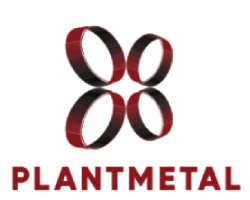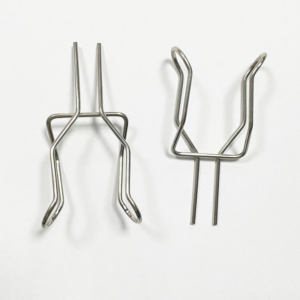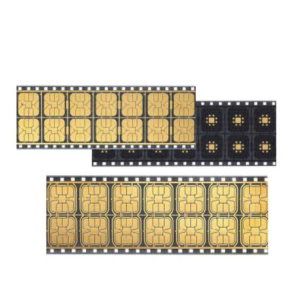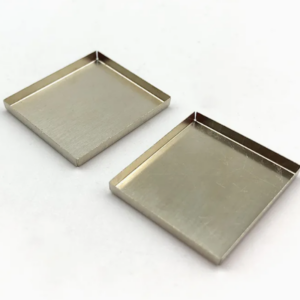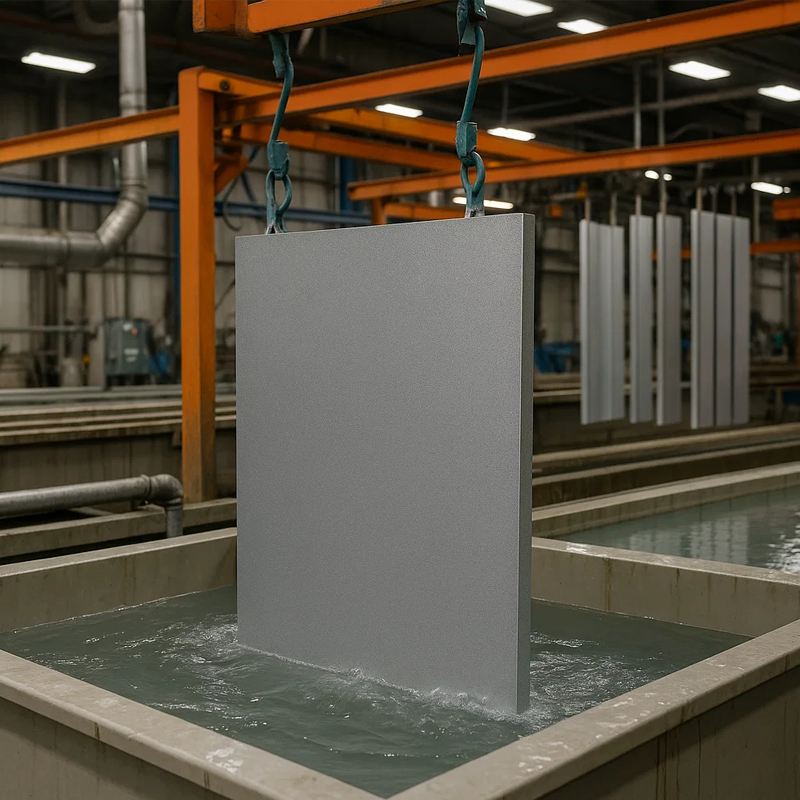If you’re involved in manufacturing or product development, you know that surface finishes can make or break the durability, performance, and aesthetics of your products. Among the many finishing options available today, anodizing aluminum is one of the most popular and effective methods. This process not only enhances the appearance of your aluminum parts but also significantly improves their functionality. But how exactly does anodizing affect aluminum’s properties? And why should you choose this process for your products?
At Plantmetal, a leading manufacturer specializing in high precision and custom aluminum components, we understand the importance of selecting the right surface finish to optimize your product’s performance. In this blog, we’ll dive into how anodizing works, the key advantages and disadvantages, and how it affects your aluminum parts, particularly when you require one-stop service and custom solutions for your manufacturing needs.
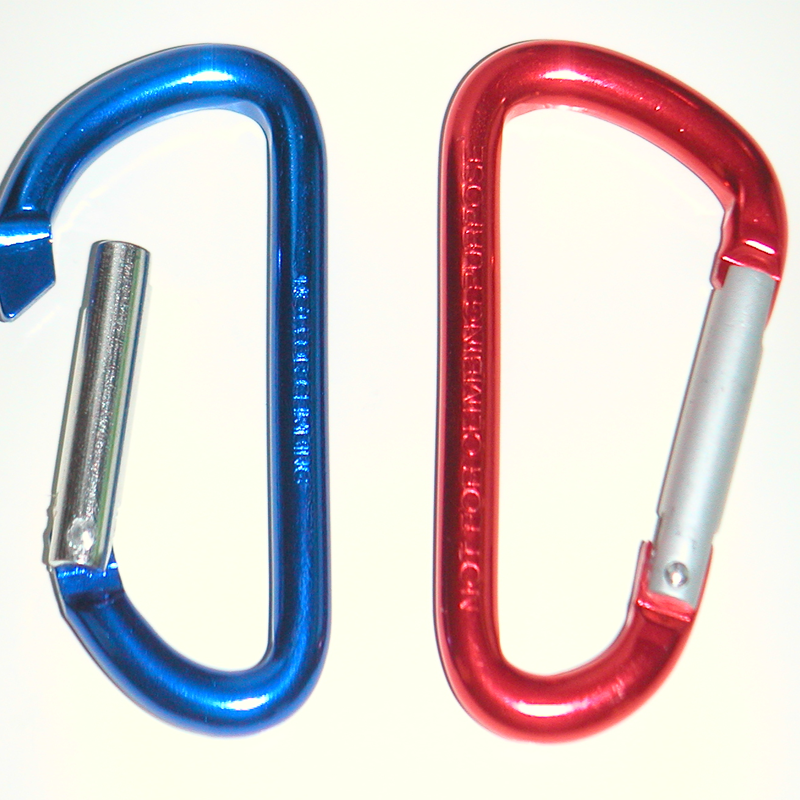
What Is Anodizing and How Does It Affect Aluminum?
Anodizing is an electrochemical process that enhances the surface of aluminum by forming a durable oxide layer on its exterior. Unlike simple paint coatings, anodizing doesn’t just apply a layer on top of the material; it chemically transforms the surface to become an integral part of the metal. During anodizing, the aluminum part is immersed in an acid bath (typically sulfuric acid for Type II anodizing) and subjected to an electric current. This process grows the oxide layer directly from the aluminum, which makes it more durable and resistant to scratches and corrosion.
The resulting aluminum oxide layer is not just a protective barrier—it actually changes the properties of the aluminum itself. The surface becomes harder, more resistant to wear, and more capable of withstanding harsh environments. Additionally, the porous nature of anodized aluminum allows it to be dyed, offering a wide range of color options, making it aesthetically appealing for both functional and decorative applications.
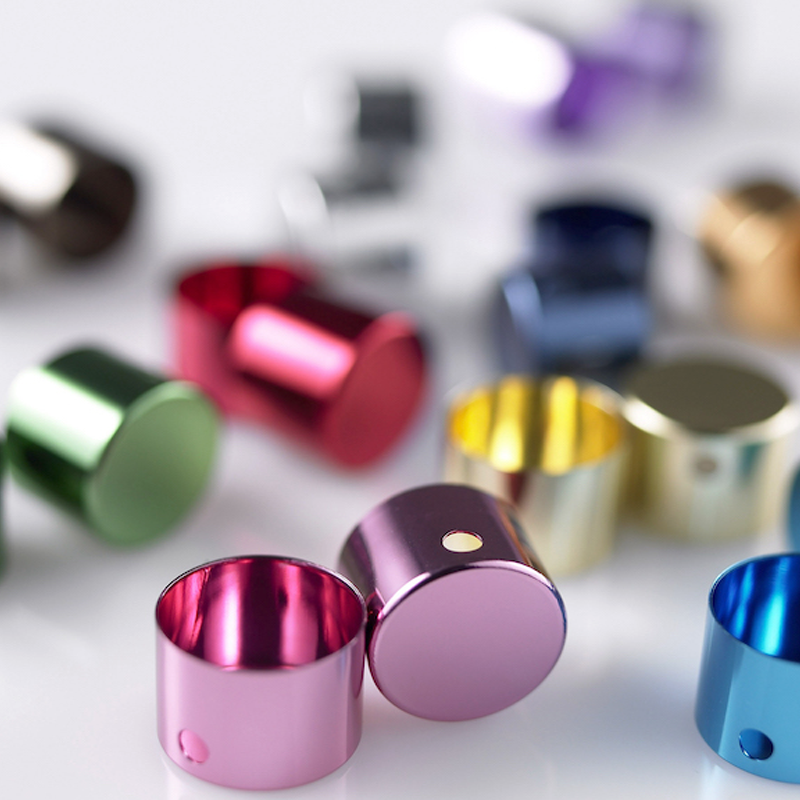
What Are the Benefits of Anodized Aluminum?
Anodizing offers several advantages, making it the go-to finishing process for industries requiring high-performance aluminum parts. Let’s explore some of the key benefits that anodizing can provide for your aluminum components:
1. Enhanced Durability and Hardness
One of the primary benefits of anodizing aluminum is the drastic increase in surface hardness. Raw aluminum is relatively soft and prone to scratching and denting. However, the anodizing process transforms the surface into a ceramic-like layer (aluminum oxide) that is incredibly hard—nearly as hard as sapphire or diamond on the hardness scale. This makes anodized aluminum highly resistant to scratches, abrasions, and general wear and tear.
For industries such as aerospace, automotive, and manufacturing, where durability and performance are critical, anodizing is an excellent choice for prolonging the lifespan of parts and improving their ability to withstand extreme conditions.
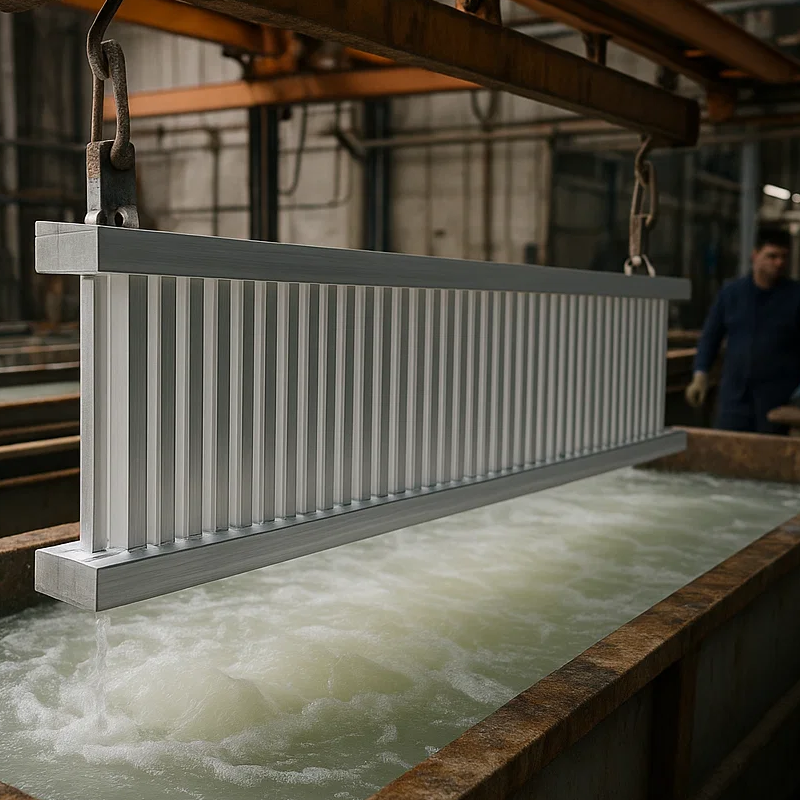
2. Superior Corrosion Resistance
Another remarkable benefit of anodizing is its superior corrosion resistance. The oxide layer formed during anodizing acts as a protective shield, preventing oxygen, moisture, and other environmental factors from reaching the raw aluminum. This makes anodized aluminum particularly well-suited for use in harsh environments, including marine applications, industrial machinery, and outdoor products.
Anodized parts can pass through rigorous salt spray testing, which simulates harsh marine conditions, without showing any signs of corrosion. This makes anodizing ideal for products exposed to water or chemicals.
3. Aesthetic Versatility
Anodizing provides an additional benefit that is often overlooked—color customization. The anodized surface is porous, which allows it to absorb dyes and pigments. This makes it possible to create anodized aluminum products in a wide range of colors, from vibrant hues like blue, red, and green, to more subtle shades like matte black or silver.
This versatility in color and finish makes anodized aluminum highly popular for consumer goods, electronics, and architectural products. Whether you’re looking for a sleek, modern look or a bold and colorful design, anodizing offers aesthetic flexibility without compromising durability.
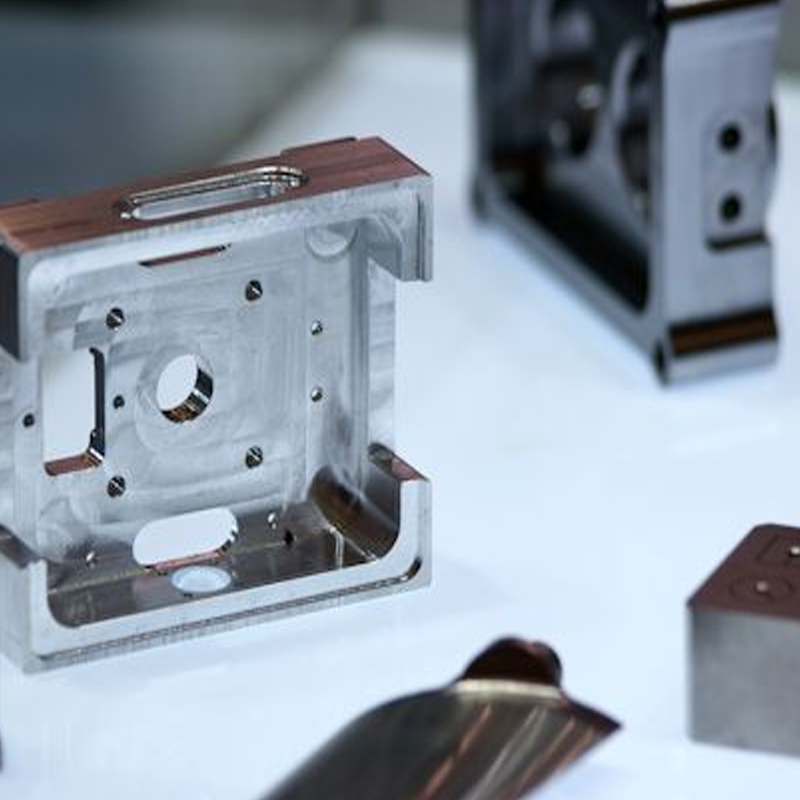
4. Environmentally Friendly
Anodizing is considered an eco-friendly process because it doesn’t involve any harmful chemicals or generate hazardous byproducts. The process also enhances the longevity of aluminum products, which contributes to waste reduction by extending the lifespan of the parts. Furthermore, anodized aluminum is 100% recyclable, which aligns with the growing trend of sustainable manufacturing practices.
At Plantmetal, we pride ourselves on providing high-quality anodizing services that align with eco-friendly standards. As an experienced supplier of aluminum parts, we ensure that all anodized components meet stringent environmental and regulatory standards.
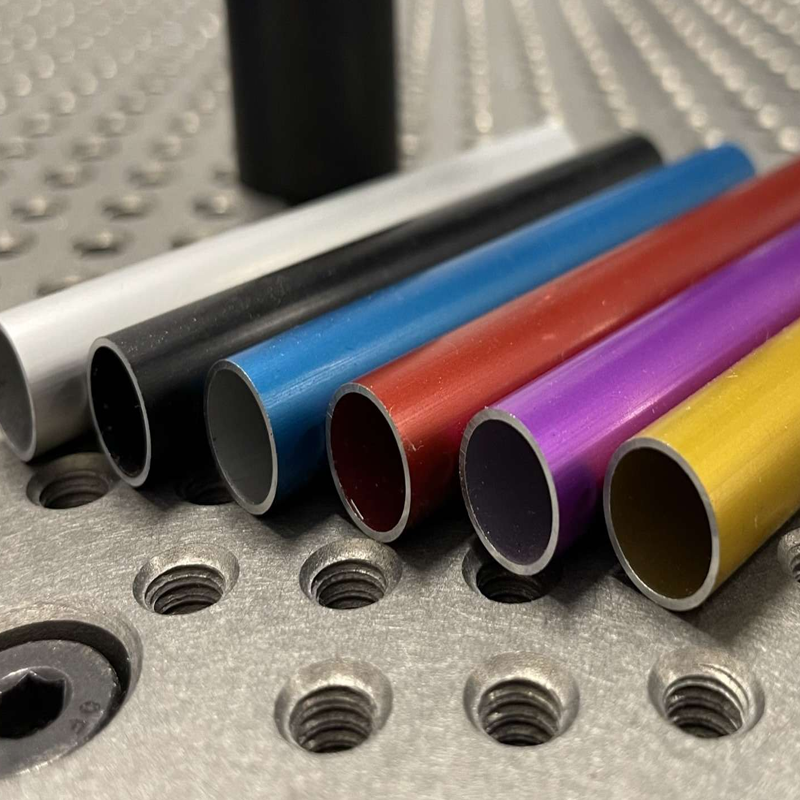
What Are the Limitations of Anodized Aluminum?
While anodizing offers many advantages, it is essential to understand its limitations to make an informed decision for your project. Here are some potential drawbacks of anodizing aluminum:
1. Brittleness Under Stress
Although anodized aluminum is hard and durable, the oxide layer can be brittle under certain conditions. If the anodized part is subjected to high-stress environments or bending, the coating can crack or craze. This can cause the material to lose its protective properties and may compromise the part’s integrity.
For parts that need to flex or bend, anodizing may not be the best option. However, with proper design considerations and material selection, these issues can be mitigated.
2. Difficult Repair Process
Unlike paint or other surface coatings, anodized aluminum cannot be easily repaired. If the anodized layer is scratched or damaged, it cannot simply be touched up. The only way to fix deep scratches or damaged areas is to chemically strip the part and re-anodize it, which can be both time-consuming and costly.
This is an important consideration for manufacturers who require the ability to easily repair parts after damage or wear.
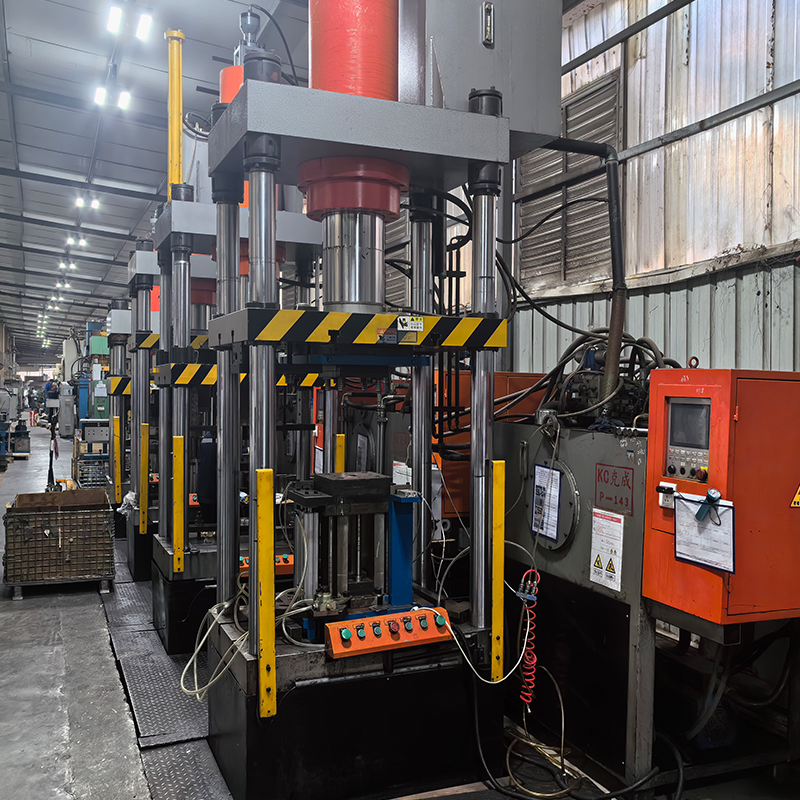
3. Dimensional Changes
Anodizing adds a thin layer to the surface of the aluminum, which can result in slight dimensional changes. For high-precision parts, this is a crucial factor to consider. At Plantmetal, we account for these changes by slightly undersizing parts before anodizing them, ensuring that the final dimensions meet your specifications after the anodizing process.
Choosing the Right Anodizing Option for Your Project
When deciding whether to anodize aluminum, it’s important to choose the right anodizing type and finish based on your part’s requirements. There are different types of anodizing, such as Type II anodizing (decorative) and Type III anodizing (hardcoat), each offering different levels of protection and aesthetic qualities.
For applications that require maximum durability, such as industrial machinery and aerospace components, Type III anodizing is often the best choice. For decorative purposes or consumer products, Type II anodizing offers excellent corrosion resistance and a broad range of color options.
As your one-stop service provider, Plantmetal offers expert anodizing services with full customization options to meet your unique needs. We specialize in high precision, OEM services, and custom solutions tailored to your project’s specifications.
Conclusion: Is Anodizing Right for Your Aluminum Parts?
Anodizing is an effective method for enhancing the durability, corrosion resistance, and appearance of aluminum parts. Whether you need a functional, long-lasting finish for industrial components or an attractive, customizable design for consumer goods, anodizing provides a solution that is both practical and aesthetically pleasing.
At Plantmetal, we have years of experience in anodizing aluminum to meet a wide variety of industry standards. If you’re looking for high-quality anodizing services for your aluminum parts, our team is here to help. Contact us today to discuss your project and learn how our manufacturing solutions can improve your products’ performance and appearance.
